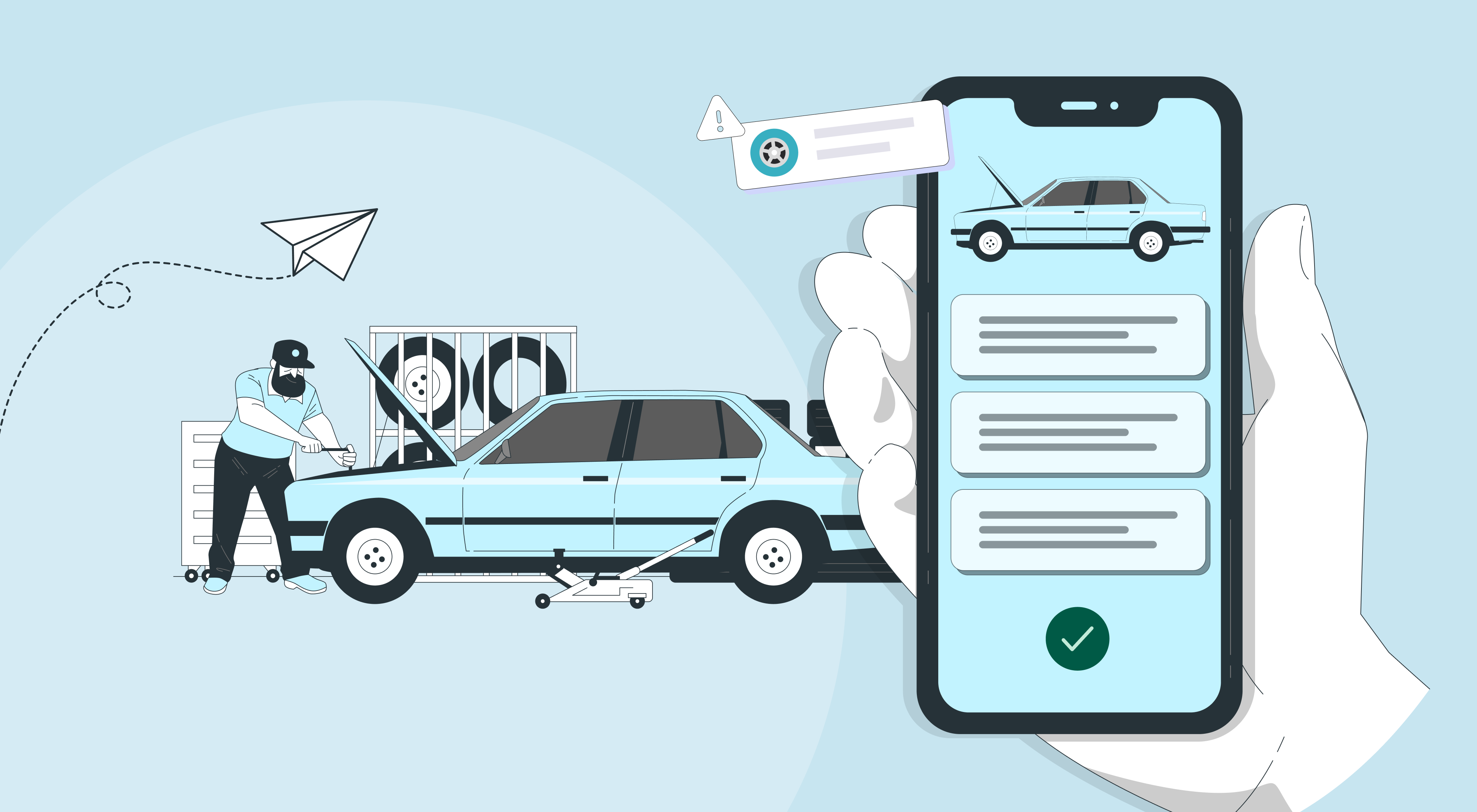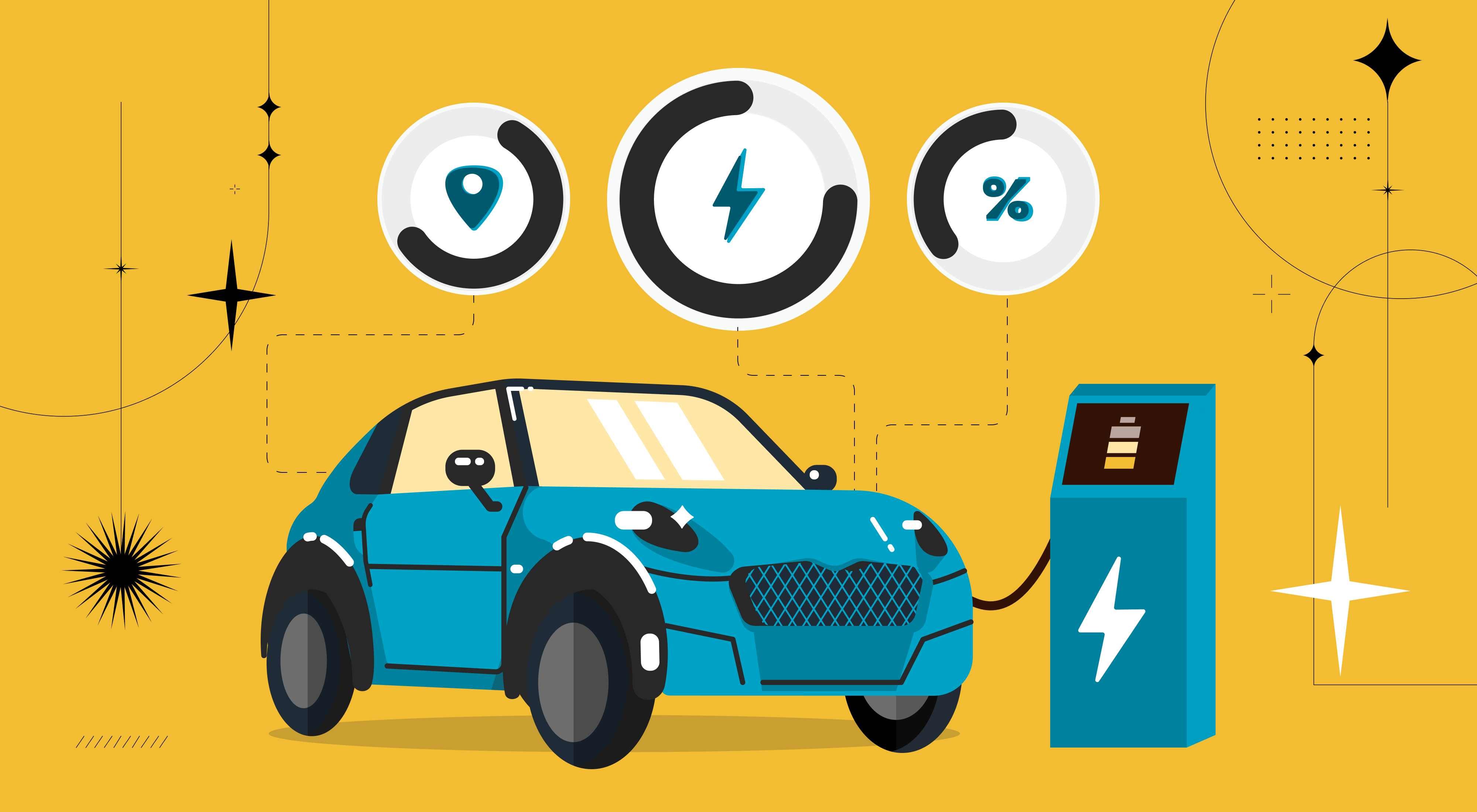At this year’s New at Smartcar product keynote, we explore the latest Smartcar platform enhancements — including new compatible vehicle brands, API endpoints, and developer experience features. 📺 Watch the event replay to learn more about the mobility ecosystem that Smartcar and our customers are powering. 🚀
From managing EV charging to booking a ride-hailing trip or setting up predictive maintenance alerts with your favorite autocare retailer, our transportation experiences are created by an ecosystem of applications that exist beyond your vehicle.
Car owners are no longer just buying vehicles — they’re investing in an entire ecosystem of smart mobility features and applications, all of which play a role in bridging the gaps between transportation infrastructure and the consumer experience.

As vehicle connectivity continues to drive innovation, vehicle owners are telling us what they value most: Privacy, environmental impact, and choice. At Smartcar, we’re excited to equip mobility businesses with the tools to meet these expectations and excite their customers.
New compatible brands
Last year, Smartcar added 11 new brands to our list of compatible vehicles while expanding the geographic coverage of many existing brands.
As of our New at Smartcar event, we’re at 40 compatible brands across North America, Canada, and Europe! That means mobility businesses can use our API to get the benefits of a single integration to communicate with over 175 million compatible vehicles. 🤯
Smartcar in Europe
We’ve expanded our vehicle coverage in Europe after introducing these great brands to our compatibility list over the last year: Porsche, Mazda, Hyundai, Cupra, Alfa Romeo, and Fiat!
Whether you’re a mobility business based in Europe or expanding to reach customers there, you can now use Smartcar to communicate with some of the most popular vehicles on the road in the region — like the Fiat 500, Peugeot 208, Renault Clio, and Volkswagen T-Roc.
Better organization and customization for developers
At Smartcar, we pride ourselves in catapulting mobility innovation through better developer experiences. Developers don’t just our API docs to manage their integration. They have access to a suite of tools in our Developer Dashboard to manage connected vehicles, view API requests, set up webhooks, test with our vehicle simulator, and more.
Here are some new features in the dashboard:
Customize your app’s Smartcar Connect Flow

We’ve created the Appearance section in the dashboard so you can add these customizations to your application’s Smartcar Connect flow:
- Update your application name
- Display your logo next to Smartcar’s logo
- Choose one of the following display theme options: Light Mode, Dark Mode, and User’s System Setting
With these customization features, you can bring users through a flow that makes them feel like they’ve never left your app. This seamless and cohesive user experience builds trust and security when users connect their cars.
Manage vehicle connections in one place

Smartcar’s Vehicle Management feature provides a centralized view of all cars connected to an application, giving teams a faster workflow to manage fleets, remove inactive vehicles, and identify usage patterns. Developers can use our robust filtering options to analyze vehicles by connection date, vehicle ID, mode, make, or year.
With our Request Logs, teams can dive deeper into all the API requests a vehicle has made. This feature is a powerful tool to help developers debug errors and solve user issues.
Our AI-powered documentation center
Smartcar’s comprehensive and user-friendly documentation sets us apart.
Last year, we redesigned the documentation center to give developers an even better experience, especially when navigating through all the new content we’ve introduced as our platform has grown.
With our documentation center’s AI-powered search, developers can quickly answer questions about Smartcar, grab code snippets to get you started, and summarize documents to highlight specific information. You can try it out for yourself here!
More powerful API endpoints
We’re constantly inspired by the many ways mobility businesses use our API endpoints to solve problems for vehicle owners and everyday consumers.
Uber uses our EV battery level endpoint to help drivers filter out rides that exceed their remaining range.
Threads uses our tire pressure endpoint to integrate predictive maintenance into its subscription service for vehicle maintenance.
And the list of exciting use cases doesn’t end there.
What can mobility businesses build and optimize with our new API endpoints?
Tesla’s Telemetry API
In case you missed the big announcement: Smartcar now supports Tesla’s latest official API! You can read more about this upgraded integration to learn about the benefits of integrating with Tesla via Smartcar.
With this latest integration, Smartcar can use Tesla’s Telemetry API system to receive events from customer cars as the vehicle state changes.
Cars get overloaded if they receive too many information requests from apps at one time, which becomes a bigger challenge as your application scales.
This API enables apps to be automatically notified of vehicle changes when they occur instead of pushing frequent data requests to a user’s car — so you don’t have to worry about overloading vehicles.
Send Destination
With this endpoint, applications can send a destination directly to a driver’s built-in navigation screen and route them to a desired location. Destinations can be sent to a user’s car at a predetermined time, by a customer representative, or by a detectable event — like low tire pressure or needing an oil change.
Here are a few examples of how you can use this new API:
- A car sharing provider can send the address where a vehicle needs to be returned
- A repair & maintenance shop can detect a car's low tire pressure and route the customer to their nearest location
- A charging station can route a customer to a nearby charger when the vehicle’s battery is low




